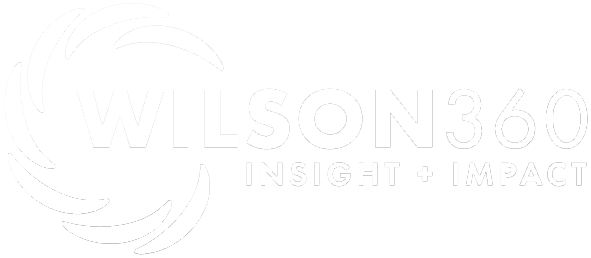
Inflation Playbook For CEOs
Based on client performance data, the landscape segment of the economy is ending the year better than expected. The job market is strong, unemployment is stable, the labor market is easing and layoffs are mild, balancing the supply and demand for workers. But while supply chain challenges and inflation show no signs of cooling off, a recession remains top of mind.
Customers, like the rest of us, are frustrated with mixed signals. While there is no exact formula, it’s important to sift through the data and make decisions about growth in a flexible way.
Caution and risk assessment should drive 2023 planning. As long as the market holds up, I would remain aggressive. Differentiate between strategic and nonstrategic spending and consider extending yourself by taking on strategic debt, as debt will keep getting more expensive. If it does sink us into a recession, that could be expensive.
If you want to act more aggressively, keep an eye on market conditions. If there’s an opportunity to take on leverage at a low cost without jeopardizing long-term performance, you can use the cash to invest in expanding your business or improving the structural and operational aspects of your organization to improve productivity.
As you prepare for 2023, there are five ways to invest in activities that will deliver greater resilience and help you build a more scalable growth platform:
1. Accumulate talent by hiring college and trade school graduates to deepen your bench. When it’s a buyers’ market, talent gets expensive and companies will find that hiring experienced people could become harder. Going the trade school and college grad and intern route might be more fruitful. I am also a proponent of companies promoting careers, not filling job openings. Make your company a career destination of choice.
2. Master new technologies and equipment. Many of them, like electric vehicles, robotics and renewables are emerging in response to climate regulations and customer demand.
California has already mandated the end of small gas engine equipment in the next few years. It’s not too early to begin incorporating emerging technologies of the future into your operations and learn how to make it successful for your customers’ bottom line.
3. Although it may go against your instincts, don’t cut back on marketing.
Instead, zero in on proactive, customer-first approaches. Show economic solidarity. Ask, “how can we help?” And make sure the value you offer is clear. Customers want to hear from you about solutions that will help them stay on mission during good times and bad.
4. Invest in building a customer-centric strategy and use your customers’ goals to guide planning and innovation.
Invest in surveys to gain feedback that will improve and personalize your services. Get to know your customers, both as individuals and as a whole, and revisit their websites to identify ways you can help them make strategic spending decisions about how they scale, plan and use their outdoors. Customer-centricity is not only good for customers; it’s a business model that will deliver increased profitability and competitive advantage.
5. If you’re thinking of expanding but put it on the back burner, think again.
New services, products or brands that are launched during periods when others are cutting back have higher long-term survival and sales because there is less competition.
Inflation and concerns for recession are real, but these cycles are not new. Turbulent times should not stop companies from being a “first mover” and pursuing their full potential. Play both defense and offense to learn faster and out-maneuver less proactive competitors and emerge on top, long after the volatility of this cycle ends.
Reprinted with permission. GIE Media. Lawn & Landscape October 2022 (c)

